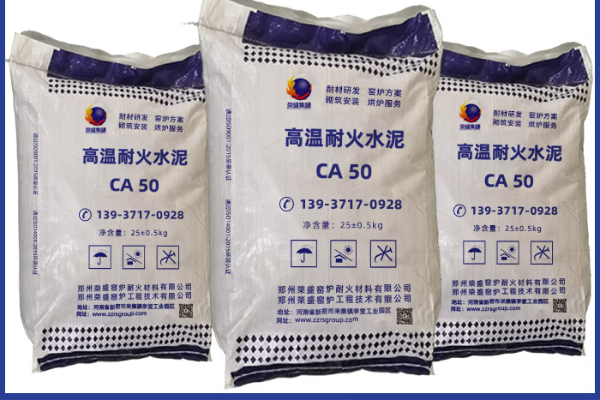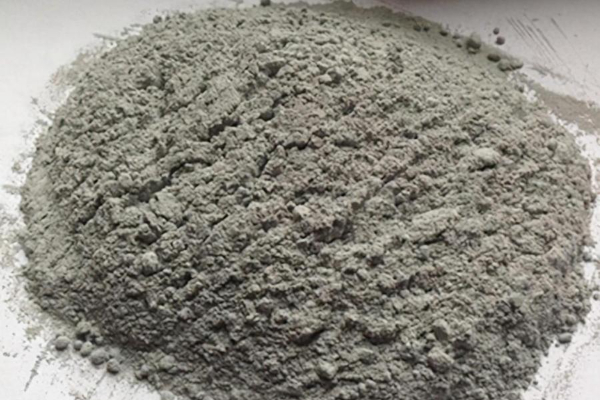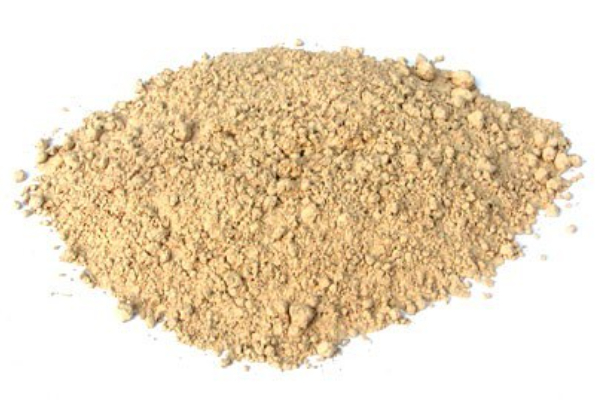Fire cement is a special cement made of refractory materials. It has the characteristics of high-temperature resistance, fire resistance, and chemical corrosion resistance. It is widely used in the construction and maintenance of various high-temperature industrial equipment. 다음, let us take a look at the main uses of 내화 된 시멘트.

Introduction to the uses of fire cement
- It can be formulated with refractory materials with a refractory temperature of 1770°C or above, such as calcined bauxite, high-alumina brick fragments, 등., to form refractory concrete or refractory mortar. and high-temperature projects caused by rainwater erosion.
- It can be formulated with light aggregate to form heat-insulating concrete and heat-resistant concrete.
- It can be formulated with asbestos to make asbestos cement products with insulation and heat resistance properties.
Baking and technical requirements of refractory cement

Refractory cement refers to cement with a refractoriness of not less than 1580°C. Refractory cement is a hydraulic cementitious material made from bauxite and limestone as raw materials, clinker with calcium aluminate as the main component, and an alumina content of about 50% obtained by calcination, and then ground. According to different compositions, it can be divided into aluminate refractory cement, low calcium aluminate refractory cement, calcium magnesium aluminate cement, and dolomite refractory cement. Refractory cement can be used to bind various refractory aggregates (such as corundum, calcined high alumina bauxite, 등.) to make refractory mortar or concrete, which can be used as lining for cement rotary kilns and other industrial kilns.
Things to note when baking refractory cement furnace lining

(1) At the normal temperature of 350°C, local bursting is most likely to occur, so special attention should be paid to slow baking. If a large amount of steam still emerges after insulation at 350°C, the heating rate should still be slowed down.
(2) Under conditions where ventilation is poor and water vapor cannot be easily discharged, the heat preservation time should be appropriately extended.
(3) When baking with heavy oil, be careful not to spray heavy oil on the surface of the furnace lining to prevent local bursting.
(4) When baking with firewood, direct contact with the flame often causes excessive local temperature rise and should be protected.
(5) The newly poured refractory cement must wait at least 3 days before baking.
(6) The cooling of the refractory cement furnace lining should also be slow and forced ventilation should be avoided.
 영성그룹
영성그룹

위챗
wechat으로 QR 코드를 스캔하세요